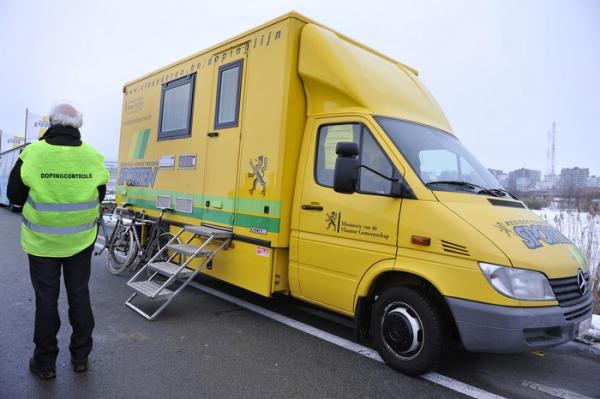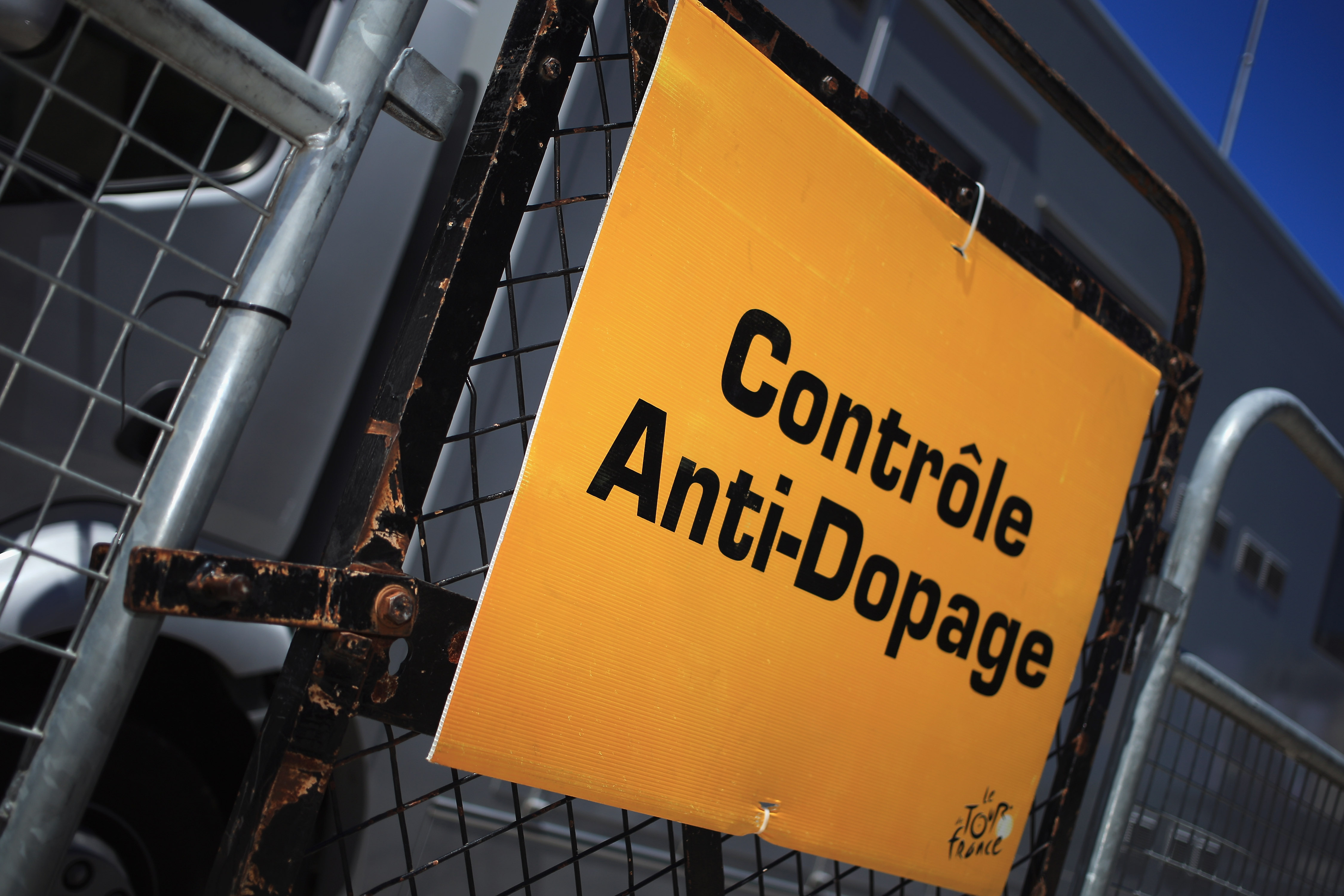Cycling rife with Tramadol use, WADA report shows
Four per cent of all doping controls positive for painkiller


Cycling is far from having cleaned up its act when it comes to drugs, a new report from the World Anti-Doping Agency shows. The agency released the data from its Monitoring Programme - where it tracks the use of substances that are not on the banned list but are being tracked for potential abuse. Tramadol, a synthetic opioid painkiller, showed up in over four per cent of all doping controls tested - a rate an order of magnitude higher than in any other endurance sport.
Tramadol abuse in the cycling peloton
Team Sky calls for Tramadol ban in peloton
CADF director calls for ban on Tramadol
Former Sky rider Tiernan-Locke says Great Britain offered Tramadol 'freely'
Great Britain riders deny being given Tramadol at 2012 World Championships
MPCC repeats call for WADA to prohibit corticosteroids and tramadol
Westra admits using tramadol and caffeine as performance enhancers
The use of Tramadol to mask the pain of intense efforts in races has been on the radar the MPCC for more than five years. The group has been calling on WADA to ban its use in competition.
In a book published this year, retired rider Lieuwe Westra admitted to abusing Tramadol and caffeine as performance enhancing aids. Former Team Sky rider Jonathan Tiernan-Locke claimed to have been offered Tramadol by team doctor Richard Freeman.
This week's WADA report shows the scale of the drug's abuse somewhat declined over the past two years. In 2015, 730 out of 12358 doping controls had more than 200ng/mL of Tramadol (5.9 per cent). In 2017, out of 12,554 samples tested, 548 were positive for more than 50ng/mL of the painkiller, a rate of 4.4 per cent.
Other sports like rugby and football showed increased use of the drug, with 1.4 per cent of samples from rugby players positive (up from 0.95%), 0.35 per cent of footballers (up from 0.28).
WADA also monitored glucocorticoids - steroids that are used to treat inflammation. Cyclists also showed the highest incidence of positive samples of any sport for this class of drug, in competition, with 3.8 per cent of samples positive. Out of competition, cycling was third to skiing and triathlon with 4.38 per cent of cyclists' samples positive compared with 4.7 percent of triathletes and 5.5 per cent of skiers.
While these drugs are not on the banned list, road cycling also showed higher than average rates of anti-doping rule violations compared with other sports in WADA's 2016 testing data released earlier this year. Seven out of a thousand doping controls led to an ADRV in cycling, the most of any endurance sport. Only bodybuilding (one in ten), weightlifting, wrestling and taekwondo (all one in 100) had higher rates of ADRVs. The high rate could be due to cycling's use of intelligence-led testing, but when asked for comment on the rate, the UCI did not respond to Cyclingnews.
The latest race content, interviews, features, reviews and expert buying guides, direct to your inbox!
Cyclingnews Films' second production CRESCENDO is available to buy or rent on Vimeo.
CRESCENDO from Cyclingnews Films on Vimeo.

